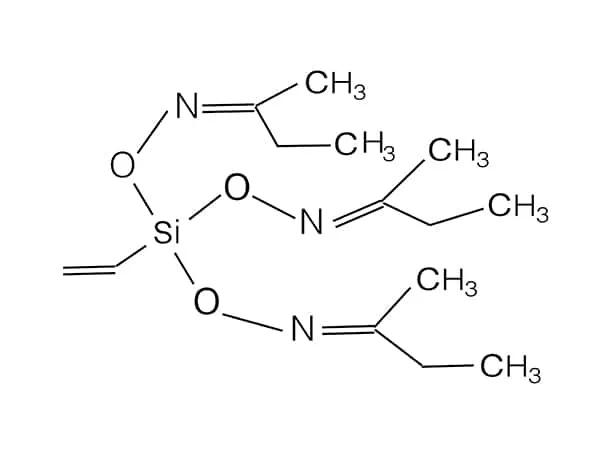Silane coupling agents can form a durable bond between organic and inorganic materials. The general formula for a silane coupling agent typically shows the two classes of functionality: hydrolyzable groups X and an organofunctional group R.
General Formula for Silane Coupling Agent
X is a hydrolyzable group typically alkoxy, acyloxy, halogen, or amine. Following hydrolysis, a reactive silanol group is formed, which can condense with other silanol groups, for example, those on the surface of siliceous fillers, to form siloxane linkages. Stable condensation products are also formed with other oxides such as those of aluminum, zirconium, tin, titanium, and nickel. Less stable bonds are formed with oxides of boron, iron, and carbon. Alkali metal oxides and carbonates do not form stable bonds with Si-O-. The R group is a nonhydrolyzable organic radical that may possess a functionality to impart desired characteristics.

Trialkoxysilane
Monoalkoxysilane
Dipodal Silane
The final result of reacting an organosilane with a substrate ranges from altering the wetting or adhesion characteristics of the substrate, utilizing the substrate to catalyze chemical transformations at the heterogeneous interface, ordering the interfacial region, and modifying its partition characteristics. Significantly, it includes the ability to affect a covalent bond between organic and inorganic materials.